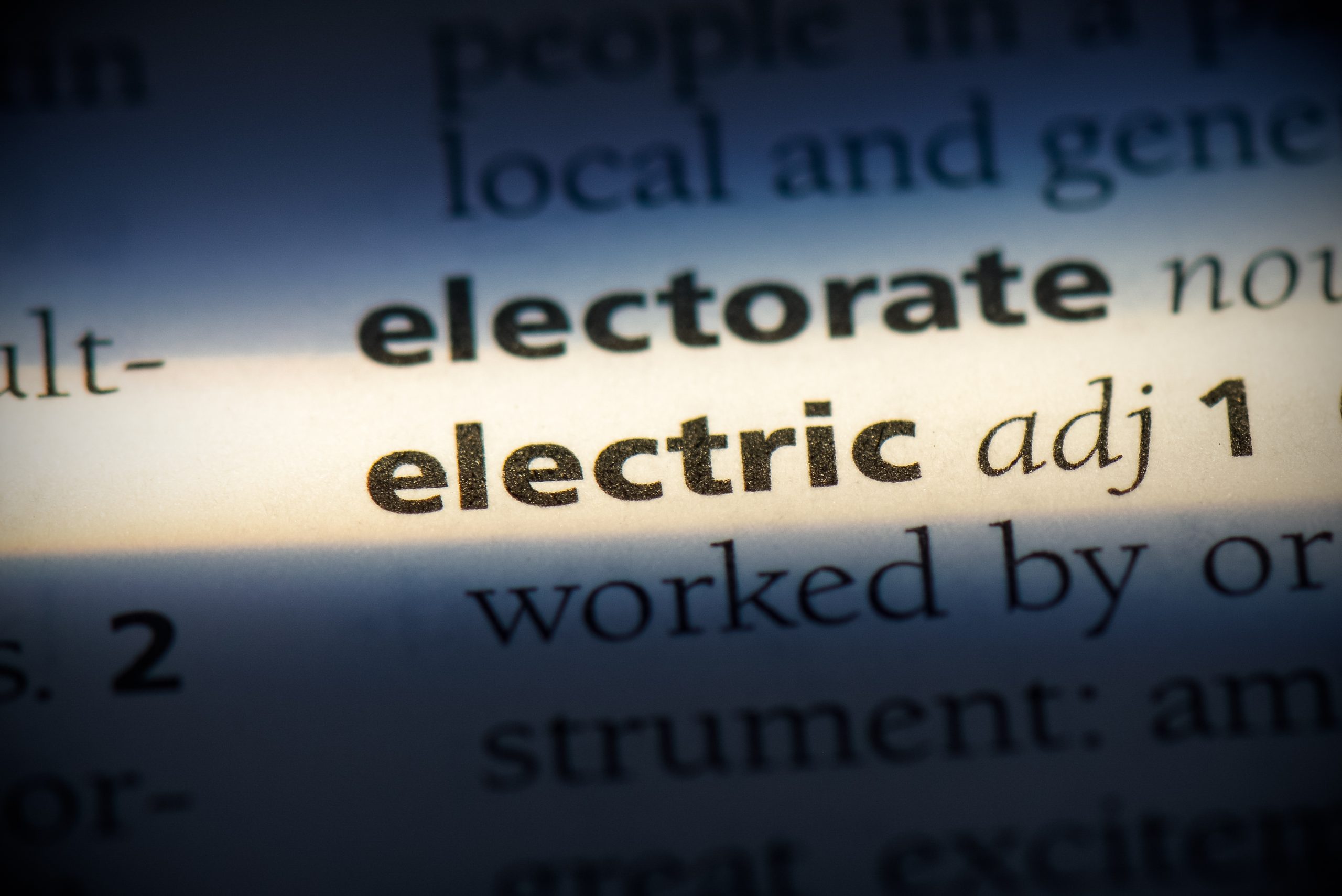Most of us have heard electrical terms like wattage and power surge. But what do they actually mean? Having electrical issues is frustrating enough, but struggling to explain your problem to an electrician only adds to the headache. Here are some common electrical terms that all homeowners and building owners should know so they can easily explain their issues when placing a service call.
Alternating Current (AC)
This is an electrical current that reverses its direction several times a second at regular intervals. This term is typically used in power supplies.
Circuit
A circuit is a path through which electrons flow from a voltage or electrical current source. Circuits use two forms of electric power, Alternating Current (AC) and Direct Current (DC).
Circuit Breaker
As overload protection devices, these devices are designed to shut off a circuit when too much current is flowing through it. When too many devices are plugged in at once or if there is a short circuit, the breaker will trip to prevent a fire. These are typically installed in the electrical or service panel and look like an array of black switches, each one representing an electrical circuit in a home or building.
Current
A current is the amount of flowing electric charge.
Direct Current (DC)
Unlike AC, DC is an electrical current that flows in one direction only. This type of current is typically found in electronic devices with a battery for a power source, like a cell phone.
Electrical Outlet
Also known as a wall socket or electrical receptacle, this is a socket that connects a device to an electricity supply.
Electrical/Service Panel
Think of this as the brain or motherboard of an electrical system. As the main control center, this is where the wires from the transformer connect and branch out to supply the individual circuits in a home or building.
When locating your service panel, look for a rectangular metal box with a door to the circuit breakers for all the individual circuits. This panel is typically located in the basement, in a closet or outside. Make sure to keep the space in front of it clear so you can easily access it when dealing with electrical problems.
GFCI Outlet
A ground fault circuit interrupter (GFCI) is a type of circuit breaker that protects people from electric shock and prevents wires from overheating. A GFCI is much more sensitive to current surges and shuts off electric power when it senses an imbalance between the outgoing and incoming current.
Jacket
This is the rubberized, protective outer covering that you find on wires.
Power Surge
This occurs when a brief spike occurs in your home or building’s electrical current. If a home or building has faulty wiring, these power surges can damage the electrical system and any attached appliances or products using electrical outlets for power.
Short Circuit
A short circuit causes a current surge when electricity finds a low-resistance pathway through the circuit itself. This most commonly occurs when a neutral wire makes contact with a hot wire due to a loose connection, worn insulation or an accident.
Switches
This piece of equipment controls the flow of electricity to an electrical circuit.
Voltage
Voltage is the “push” behind the electrical current. Average outlets run on 120V of electricity. The higher the voltage, the more electrical power.
Watt/Wattage
A watt is the unit of measurement to determine how much electrical energy is consumed in a second. A high-wattage product expends more electrical energy and is typically more expensive than a lower-wattage product.
With these handy definitions, you’ll better understand your electrical system and how to explain any issues you face to our team of skilled professionals! At Cajun Electric, it’s our goal to provide you with high-quality electrical service.
Along with our dedication to quality, satisfaction and professionalism, we deliver full-service electrical solutions! Whether for your business or home, our experts can handle anything from lighting design-build to electrical inspection reports, preventative care assessments and electric vehicle charger installations.

